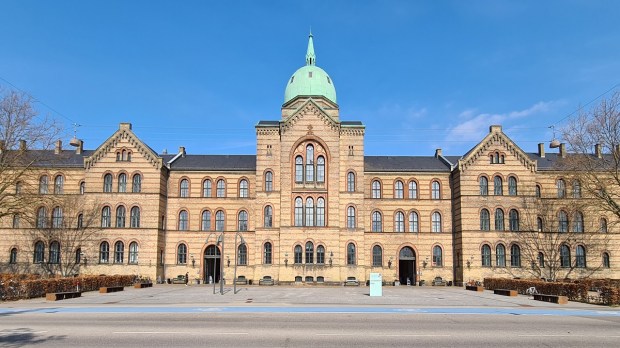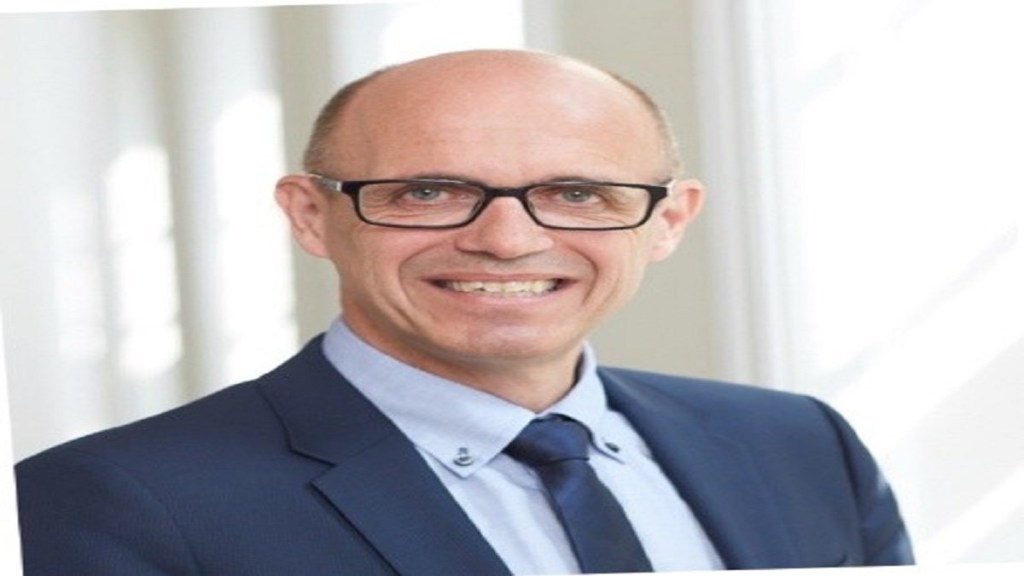Tell us more about the University of Copenhagen and your program in India. What are the new areas of collaboration between India and Denmark?
We have agreements on partnerships on particular subjects between our two nations, which is a great starting point for a university to start exploring opportunities for developing partnerships at the institutional level, but also at the level of researchers and research groups and partnerships on education and shared educational activities.
The prime minister has paved the way for the prime ministers, because it’s both Modi and Frederiksen, and they have signed this agreement that India and Denmark should collaborate more intensely on a number of subjects. And all of those subjects are very close to the strategic initiatives that the universities are undertaking.
Clearly, universities and research institutions are shaping the futures of societies, both in the new knowledge we create, but also in our students, and the wider societal transformations that we are undergoing to address climate change, address resource scarcity in all forms and shapes.

As you also mentioned, Denmark has a strong tradition of being a bio-based economy. We don’t have very many natural resources in Denmark. We cannot dig gold or minerals out of our underground. We are very good at transforming anything that you can grow in soil into highly valuable products, the life science industry, the advanced food industry, and other industrial applications.
Denmark has both some of the largest wind turbine producers in the world, but also one of the most extensively developed wind-based energy production systems. So, half of all our electricity now comes from wind and solar, and that’s, of course, the way all the world has to move in order to live up to the big political ambitions of being a zero-carbon society.
Other than that, we also, of course, hope that maybe this time Europe and Denmark can lead the way in some of the more deep-take developmental areas, and our university is deeply involved in developing and building one of the first fully functional quantum computers, which is the future of computing. we have a deep legacy in that respect because Niels Bohr, who is one of the fathers of quantum theories, already 100 years ago came up with the theory of atom theory for which he got the Nobel Prize in 22 for the atom theory.
I would like to know what kind of research collaboration is happening between Indian and Danish Universities.
What we are looking for right now is actually identifying the institutions with which we can collaborate. So, our program, I would say, in a way reflects what we are looking for. We are looking for the best universities in India. India has very strong research institutes, very strong institutes of technology.
We have been to JNU and Delhi University today, University of Delhi, and we’re going to in Bangalore, IIC, and then we have met with some think tanks among others.
Could you tell us about your ecosystem of university in terms of funding and research and development? Is it funded by government agencies, and how do you pull out funds for high-quality research, for example, quantum research?
I think that is a very important question because when I looked at some data from India, and of course I cannot say for sure how accurate they are, but they were given by your principal science advisors, so I guess they have some validity. In India, 0.7% of the GDP is used for research, which is made up of private and public research funding. In Denmark, I think in the order of three and a half per cent of GDP is going into research. One per cent comes from the government alone, and the rest is mainly from all very many research-intensive industries. So, the intensity of research in Denmark per capita appears to be a bit higher than in India, and I would expect and predict that India, like other big Asian countries, India will begin to invest more in research.
In my university, less than 20% of the income relates to education and teaching, whereas nearly 80% is research. And out of that, now more than half comes from external sources and mainly private sources. The other half comes from government sources, be it the European Union research funding or the Danish research funding system. That also means that our students are exposed to very much research during their degrees, and they come out with very deep and hands-on knowledge on how is new knowledge. So, 50% comes from the government, 50% you take out from the private sources. From private, mainly private foundations.
There is a element of complexity, because you focus largely on fundamental research, high-quality classical research. There might not be commercial value attached to that. How do you manage to balance that?
You have to be very patient. Because it does not translate into something useful just around the corner. For example, it has taken 100 years to go from the first idea to developing theories. Only now are we at the point where we can actually use quantum theory for a lot of practical applications? And I believe in the next 10, 20 years we’re going to see the first concrete results of that revolution, which will be just as revolutionary as inventing the transistor or inventing the first computers, the silicon chips. This is again going to completely transform the way we do many, many things, not only computing. So being in basic curiosity-driven research takes more time, but it also gives robustness to the research community.
And that means we can take rather basic discoveries and hand them over to the companies to do the further refinement and development of the products.
What are the areas of study for Indian students who would like to come to Denmark, especially at the University of Copenhagen?
All doors are wide open. What we do when we make these partnership agreements with universities, usually we put in place first a super exchange arrangement, where actually our students move between universities. For example, 50 students from one Indian university can go to the University of Copenhagen, and 50 Danish students can go the other way each semester.
So, an exchange agreement, and then at the level which is where we really start to build and integrate is when we do share PhDs and our PhDs are developed jointly. They do two years in one university, and one year in another.
When we have this mechanism put in place, that is when you develop talents, you could say in both places and also you bring together the professors, because they are the supervisors of the PhD students.
Through this mechanism usually comes deeper research collaboration where you really start to develop programs and projects jointly and apply for funding jointly, and that might bring me back to the situation of funding in Denmark is very positive.

